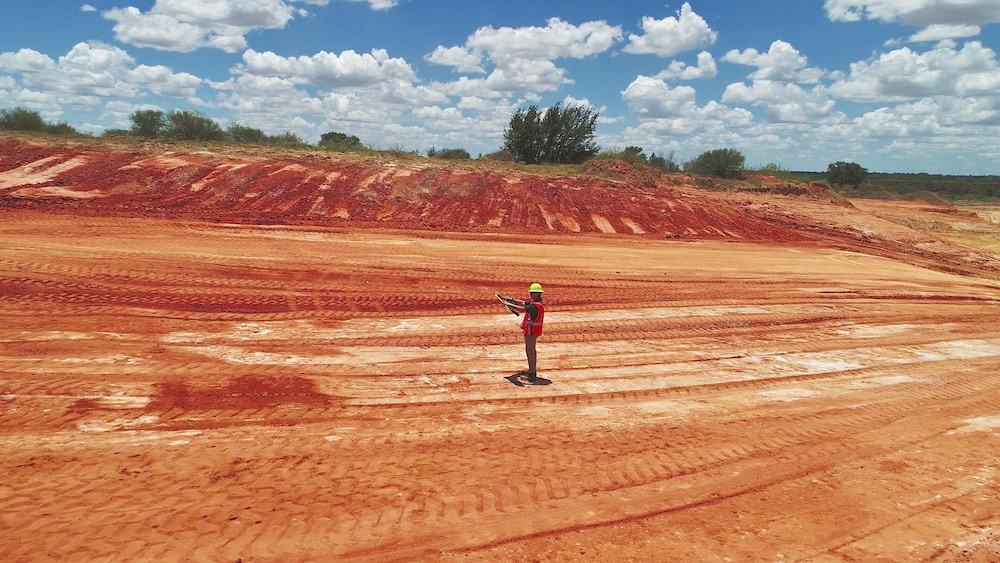By Andrew Maximow, Chief Drone Officer
The FAA received over 10,000 public comments within five weeks of publishing the Remote Identification of Unmanned Aircraft Systems Notice of Proposed Rulemaking (NPRM). Initially, I was shocked by the volume of comments. But it’s not really surprising given that the remote identification (RID) of UAS NPRM affects practically all drone manufacturers, enthusiasts and commercial users alike.
At Firmatek, we have been digesting the proposal and following widespread reaction. Here’s our take on how it potentially impacts the industries we support, along with some sensible recommendations.
As a reminder, RID of UAS is an electronic license plate providing law enforcement authorities real-time information about the drone and the operator while the drone is in flight, namely;
- Vehicle and flight session identification
- Vehicle x, y, z location
- Ground Station (operator) x, y, z location
- Time
- Emergency condition, if any.
The Purpose of Remote Identification NPRM
The FAA and the proponents of RID tout two mains reasons. The first is a rule enforcement mechanism. The other is foundational for a technology-enabled future beyond visual line of sight, flights over people, and future unmanned traffic management for urban air mobility and drone delivery applications. Both reasons address major gaps, including a poor Part-107 and drone registration compliance track record. So far the reasonings are valid, but with a serious, and in our opinion an unnecessary, technical requirement. We believe this is an example of a “one size does not fit all” approach and will create challenges for a number of industries.
What’s the Gotcha?
The gotcha is that the RID information must be communicated via broadcast radio AND over an Internet connection simultaneously, via a third-party data aggregation service provider. If the service provider becomes unavailable the drone is not permitted to take off or abort the mission mid-flight. This gotcha impedes the execution of missions for many successful drone-based businesses providing value to their clients in a safe and law-abiding manner.
Many client sites in the mining and aggregates industry are located in rural areas with spotty cell phone coverage, let alone consistent wireless data coverage required to maintain a constant connection to a remote server on the Internet. Additionally, think about electrical utility infrastructure, oil and gas pipelines, railroads, and roadways that need to be inspected and scanned via drones. Much of this infrastructure is located and will continue to be located in underserved mobile phone coverage areas. In other words, many of the locations where drones fly are in safe, sparsely populated, middle of nowhere locations, yet will not comply with the RID requirements and will be grounded. For example, one may have 1-2 bars of 4g, if lucky, but cannot initiate or maintain a connection to the server.
Next Steps
In favor of ease of use, we hope the FAA reconsiders the dual requirement of communicating via broadcast and Internet connections and allows the sole use of broadcast RID as sufficient means of compliance. We hope that you agree. Please support our efforts for reasonable and simple RID by submitting constructive comments with solutions to the RID NPRM, available on the FAA site until Mar 2, 2020.


